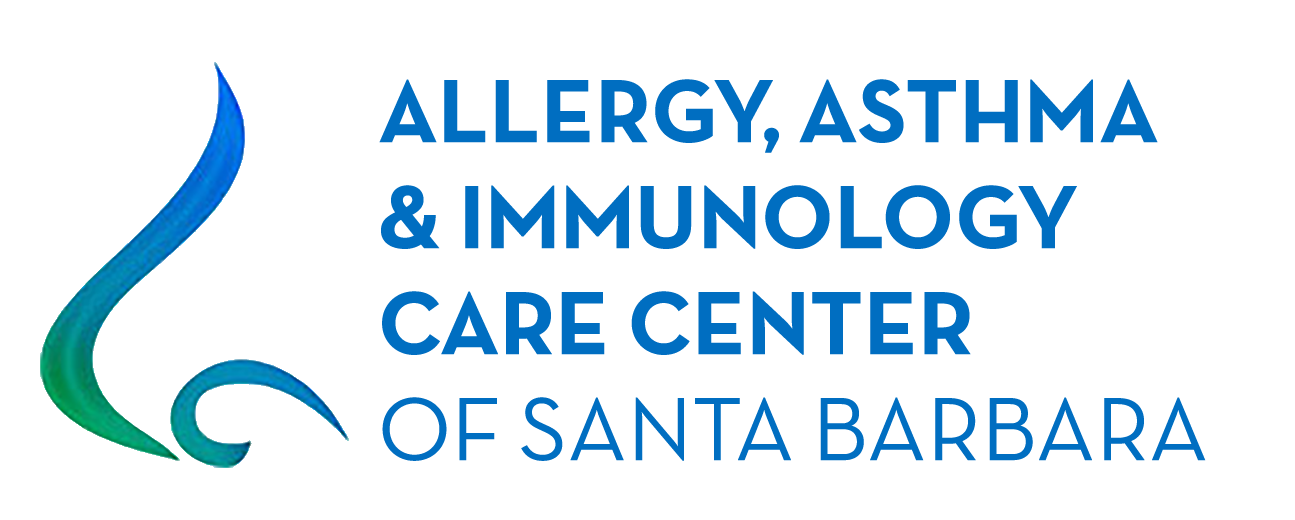What You Need to Know About Hives
Overview
If you’ve had red or skin-colored bumps that appeared and disappeared quickly, then it’s unlikely to be simple bug bites. The skin rash could be hives, and the itching from hives may range from mild to severe. Hives, also known as urticaria, affects about 20 percent of people at some time during their lives. Scratching, alcoholic beverages, exercise and emotional stress may worsen the itching.
Hives Symptoms
Raised itchy bumps, either red or skin-colored
“Blanching” (when pressed, the center of a red hive turns white)
Hives Triggers
Some food (especially peanuts, eggs, nuts and shellfish)
Medications, such as antibiotics (especially penicillin and sulfa), aspirin and ibuprofen
Insect stings or bites
Physical stimuli, such as pressure, cold, heat, exercise or sun exposure
Latex
Blood transfusions
Bacterial infections, including urinary tract infections and strep throat
Viral infections, including the common cold, infectious mononucleosis and hepatitis
Pet dander
Pollen
Some plants
Hives Management and Treatment
Avoid known triggers
See an allergist, who is specially trained to look for triggers to your hives and may recommend medications to prevent the hives or reduce the severity of symptoms. Whether your allergist suggests a treatment available only by prescription or an over the counter treatment will depend on several factors, including how uncomfortable the hives are making you.
There is so much more to lean. VISIT: acaai.org
